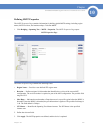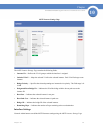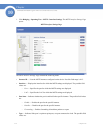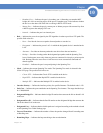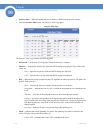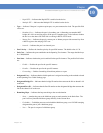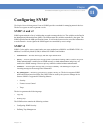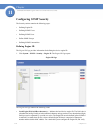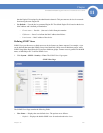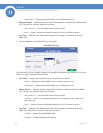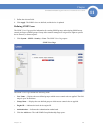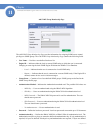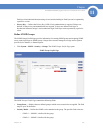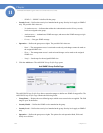
177
Chapter 11:
SFE2000/SFE2000P Gigabit Ethernet Switch Reference Guide
Chapter
11
Configuring SNMP
The Simple Network Management Protocol (SNMP) provides a method for managing network devices.
The device
supports the following SNMP versions:
SNMP v1 and v2
SNMP agents maintain a list of variables that are used to manage the device. The variables are defined in
the Management Information Base (MIB). The MIB presents the variables controlled by the agent. The
SNMP agent defines the MIB specification format, as well as the format used to access the information
over the network. Access rights to the SNMP agents are controlled by access strings.
SNMP v3
SNMP v3 also applies access control and a new traps mechanism to SNMPv1 and SNMPv2 PDUs. In
addition, User Security Model (USM) is defined for SNMPv3 and includes:
• Authentication — Provides data integrity and data origin authentication.
• Privacy — Protects against disclosure message content. Cipher Bock-Chaining (CBC) is used for encryption.
Either authentication is enabled on an SNMP message, or both authentication and privacy are
enabled on a SNMP message. However privacy cannot be enabled without authentication.
•
Timeliness — Protects against message delay or message redundancy. The SNMP agent compares the
incoming message to the message time information.
•
Key Management — Defines key generation, key updates, and key use. The device supports SNMP
notification filters based on Object IDs (OID). OIDs are used by the system to manage device
features. SNMP v3 supports the following features:
• Security
• Feature Access Control
•Traps
The device generates the following traps:
• Copy trap
• Stacking traps
The SNMP section contains the following sections:
• Configuring SNMP Security
• Defining Trap Management



